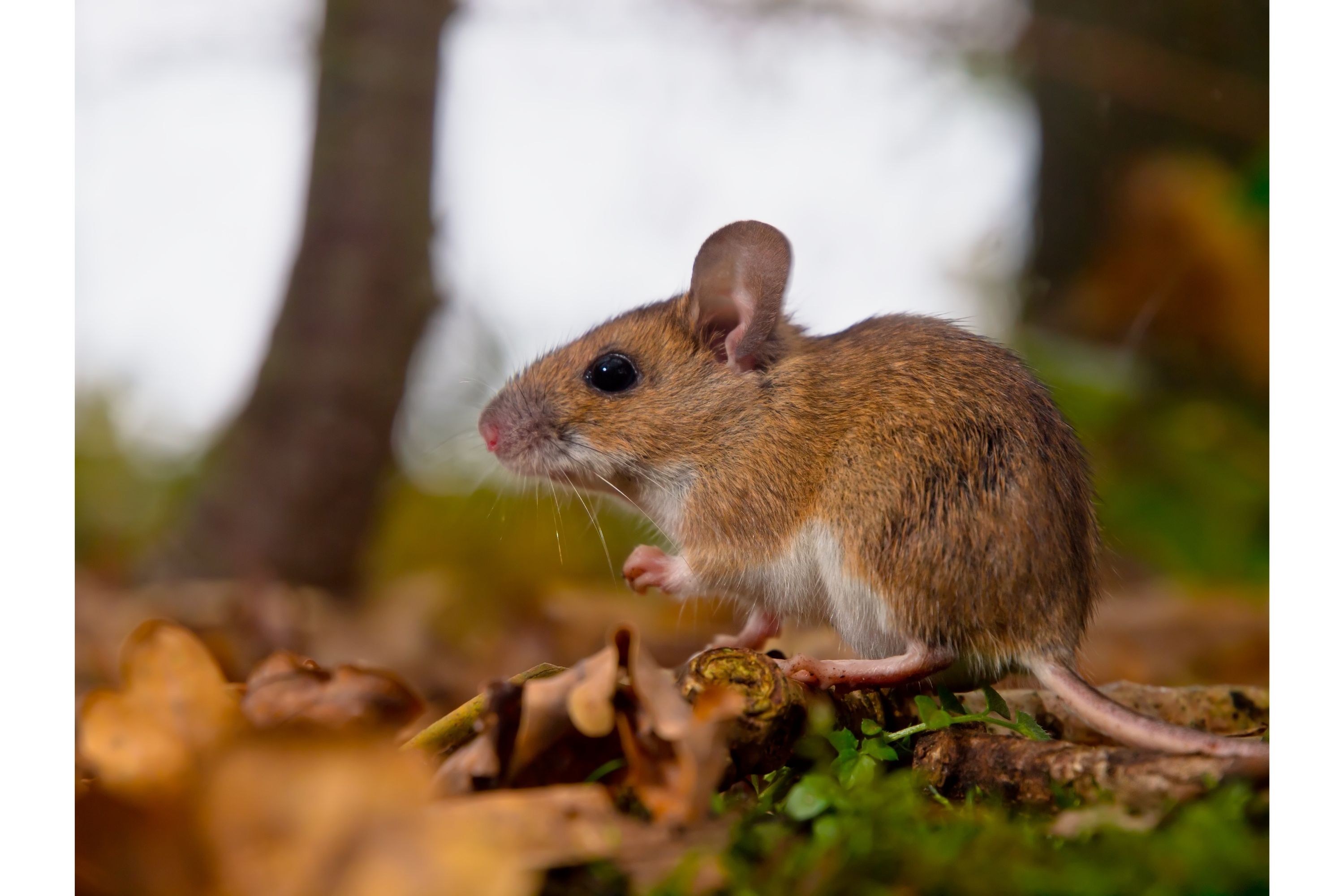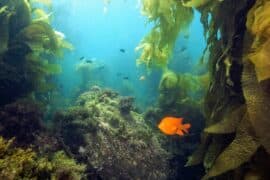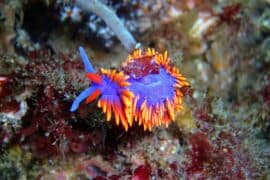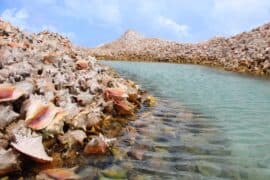Yellow-necked mouse
(Apodemus flavicollis)

Description
The yellow-necked mouse (Apodemus flavicollis), also called yellow-necked field mouse, yellow-necked wood mouse, and South China field mouse, is closely related to the wood mouse, with which it was long confused. It was only recognised as a separate species in 1894. It differs in its band of yellow fur around the neck and in having slightly larger ears and usually being slightly larger overall. Around 100 mm in length, it can climb trees and sometimes overwinters in houses. It is found mostly in mountainous areas of southern Europe, but extends north into parts of Scandinavia and Britain. It facilitates the spread of tick-borne encephalitis to humans and is a reservoir species for the Dobrava virus, a hantavirus that is responsible for causing haemorrhagic fever with renal syndrome. The yellow-necked mouse is very similar to the wood mouse but differs in having a slightly longer tail and larger ears, and a complete band of yellow fur across the neck area. The adult head and body length is 3.5 to 5.25 inches (89 to 133 mm) with a tail about as long again, and the weight varies between 1 and 1.5 ounces (28 and 43 g). The upperparts are brownish-grey, - a rather more brown shade than the wood mouse. The underparts are white and there is a sharp demarcation line between the two colours. This mouse gets its common name from the ochre-coloured patch of fur between its forelegs but this is often inconspicuous. The upperside of juveniles is a rather paler shade of greyish-brown than the adults. The yellow-necked mouse is native to Europe and western Asia. Its range includes the more mountainous parts of Western Europe with the exception of northern Scandinavia, southern Spain and western France. This mouse occurs in Great Britain but not in Ireland, and it is also absent from a number of Mediterranean islands. In Asia, its range extends eastward to the Ural Mountains and it is also found in Turkey, Armenia, Iran, Syria, Lebanon and Israel. It is mostly a woodland species, often living near the forest verge, but in mountainous regions, it occupies any part of the forest. It is usually found in mature deciduous woodland is also found in scrubby areas, hedgerows, orchards and plantations. It favours areas where there are large, nut-bearing trees such as the oak and the hazel. It is also found in parks and gardens and beside alder-fringed streams.
Taxonomic tree:







